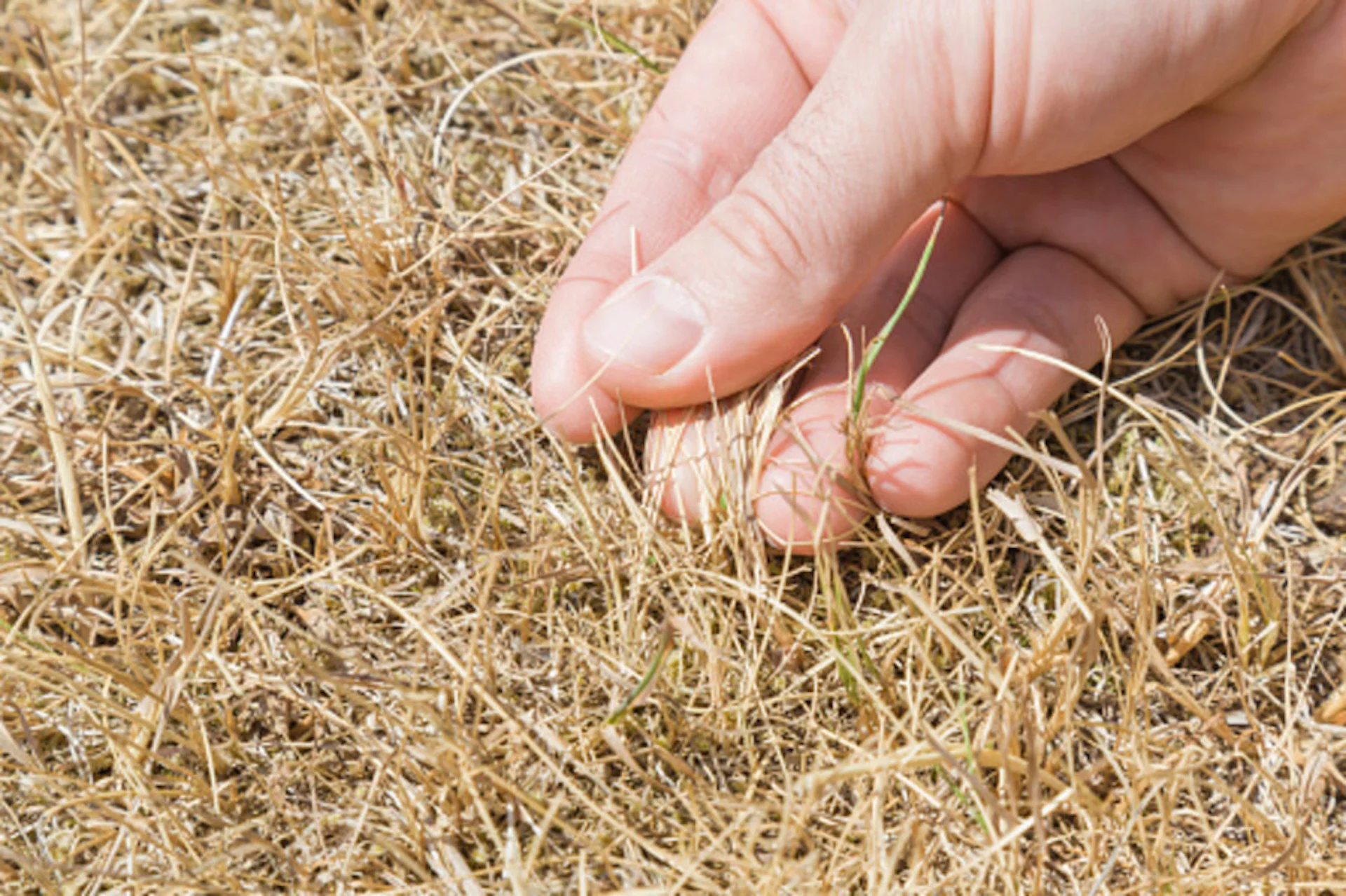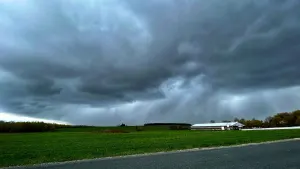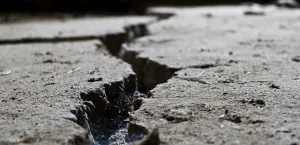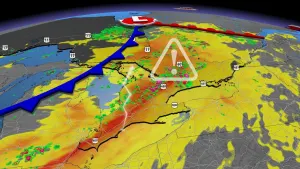
Lawn brown and dry? This watering method will keep it healthy
Grass is more resilient than one might think. The Weather Network's Mark Robinson asks an expert how to handle the dry days of summer when it comes to your lawn.
I spend some summers chasing so many thunderstorms that I end up so exhausted I forget my own name. Other summers the most significant event I get to witness is how brown my grass gets. This year is one of the latter, unfortunately.
The year 2022 in Ontario is going to go down as one of the driest summers since the 1950’s and our lawns are taking the brunt of it. It’s been very alarming to watch the grass turn more and more brown through the summer. So alarming, in fact, that I decided I needed to talk to an expert about whether I should be digging up the lawn for a grass funeral.
I turned to the Turfgrass Institute in Guelph, and Dr. Eric Lyons, an expert on everything lawn related. I was quite prepared for Dr. Lyons to give my lawn last rites, but instead, he rather cheerfully told me that I had nothing to worry about. My lawn was asleep, not dead.
“One of the reasons we use turfgrass in our lawns is because it can survive drought,” he explained. “One of the most common species we use is Kentucky Bluegrass and it can survive seven to nine weeks of drought. When the rains do come, it might take as much as a month to wake up and get growing again, but it will happen.”
This relaxed me in a huge way.
“There are two times where people need to be concerned about their lawn,” he continued. “One, when the drought lasts a little too long – which is dependent on the species in their lawn, and [secondly], when there’s a confounding factor on top of the drought – the biggest one that hits us in Canada is the chinch bug. It’s a parasite that attaches itself to the roots and dries out the grass that much more.”
WATCH: Why Ontario's lawns are looking extremely dry
RELATED: Having trouble keeping your plants alive? Try doing this
So, my grass wasn’t as dead as I thought it was, but what about watering? How much water do I need to spread onto the increasingly spreading desert that was once my front lawn?
“It’s also the reason that cities and municipalities tell people to stop watering their lawns in a drought – the grass will come back. But, if you want to use your lawn, you will need to water it.”
This was good news. I’d been watering constantly, every day for weeks. My dog Hobbes is small and tends not to make a huge mess of grassy expanses. But, before I could revel in a job well done, Dr. Lyons cautioned me that constant watering wasn’t always the best way to do things.
“One of things you shouldn’t do is water your lawn every day. Hand watering is never a good idea because it doesn’t get the water down to the roots. It’s better to set up a sprinkler and water up to 2.5 cm a week, one day a week. You want to water deep so that the roots are encouraged to grow deep and not at the surface.”
Annnnd, that’s not good news for my lawn. I’d been doing it all wrong. Had I killed my lawn?!
Dr. Lyons laughed and told me it’s not quite that simple.
“The issue is that if you want a beautiful, green lawn, water everyday, but the problem happens when the drought happens and the water restrictions come. Then, you’re going to be much worse off than someone who waters deep and infrequently.”
So, as long as the drought doesn’t last all summer, I don’t need to worry too much about the lack of verdant shoots emerging from the lawn. One unexpected advantage though? I’ve only had to break out the lawnmower once this summer.
Thumbnail credit: Getty Images/FotoDuets. Creative #: 979951132.










